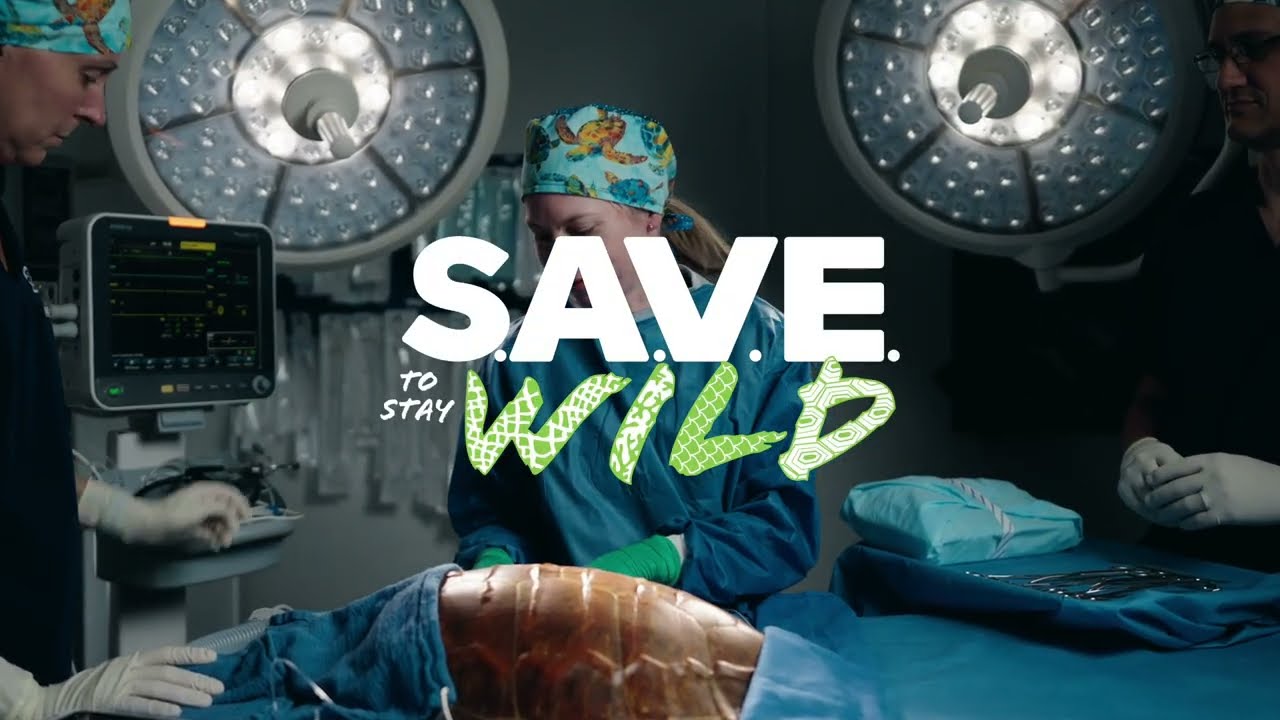- Overview of EMPOWER Mystic Aquarium’s mission and programs
- Detailed examination of aquatic species and their habitats within the aquarium
- Importance of wildlife conservation and educational outreach efforts
- Insights into zoo management practices at Mystic Aquarium
- Scientific research and partnerships aiding aquatic life conservation
EMPOWER Mystic Aquarium stands as a beacon in the fields of zoology, zoo management, and wildlife conservation. Founded to advocate for aquatic life, the aquarium offers a haven for both marine inhabitants and humans eager to learn about the ocean’s wonders.
Overview of EMPOWER Mystic Aquarium’s mission and programs
EMPOWER Mystic Aquarium’s mission is anchored in the dedication to inspire people to care for and protect the ocean environment. Through extensive educational programs and interactive exhibits, the aquarium strives to illuminate the importance of marine conservation. Its programs engage visitors via hands-on experiences, giving them a closer look at the myriad species that inhabit our oceans.
The aquarium premises feature specialized exhibits like the Arctic Coast, which hosts beluga whales, and the Coastal Connections Gallery, highlighting local marine life. Each exhibit serves an educational purpose, designed to show the intricacies of marine ecosystems and underscore the need to preserve these precious habitats.
Detailed examination of aquatic species and their habitats within the aquarium
Mystic Aquarium is home to a diverse array of aquatic species, each residing in carefully curated habitats that replicate their natural environments. Beluga whales, African penguins, and various species of seals and sea lions are some of the notable residents. The aquarium also houses impressive collections of tropical fish, corals, and invertebrates that inhabit meticulously designed tanks.
One highlight includes the Ray Touch Pool, allowing visitors to physically interact with rays in a safe, educational setting. The Pacific Northwest exhibit showcases sea stars, urchins, and anemones, while the coral reef habitats display stunning, colorful corals hosting a variety of marine life. Each habitat is meticulously constructed to mirror natural conditions, providing an enriching environment for the animals and an informative experience for visitors.
Importance of wildlife conservation and educational outreach efforts
EMPOWER Mystic Aquarium is deeply invested in wildlife conservation, with multiple campaigns aimed at protecting endangered species and rehabilitating injured marine animals. The institute’s rescue and rehabilitation program is particularly noteworthy, focusing on the rescue, medical treatment, and release of stranded marine mammals and sea turtles.
The educational outreach initiatives extend beyond the confines of the aquarium. Collaborations with schools and community groups help spread awareness about ocean conservation. Programs like the "Sea School" enrich the curriculum with marine science, fostering a sense of stewardship among young learners. Citizen science projects also invite the public to contribute to ongoing research, making conservation a community effort.
Insights into zoo management practices at Mystic Aquarium
Running an institution like Mystic Aquarium involves sophisticated zoo management practices to maintain animal welfare, visitor engagement, and operational excellence. Key to these practices is the use of environmental enrichment for the animals, which involves providing stimuli that promote their physical and mental well-being. This can include puzzle feeders for octopuses, play sessions for dolphins, and varied diets for all species.
Staff expertise is another cornerstone of the facility’s success. Veterinarians, marine biologists, aquarists, and educators work together to monitor animal health, develop public programs, and conduct research. Regular training and professional development ensure that employees are always equipped with the latest knowledge and skills.
In addition, sustainability is a primary focus. Energy-efficient systems, water recycling, and waste reduction initiatives are implemented to reduce the aquarium’s ecological footprint. These efforts not only conserve resources but also set a positive example for visitors on the importance of environmental responsibility.
Scientific research and partnerships aiding aquatic life conservation
Mystic Aquarium is involved in groundbreaking scientific research and maintains partnerships with academic institutions, governmental agencies, and international organizations aimed at advancing marine conservation. Research projects cover a range of topics, from the genetic diversity of beluga whale populations to the impacts of climate change on coral reefs.
The aquarium’s Animal Rescue Program is a critical part of its conservation mission. Scientists and veterinarians work together to rehabilitate stranded animals, gather data on marine animal health, and develop strategies to mitigate human-related threats. This research contributes valuable insights that inform conservation policies and practices.
Partnerships with institutions like the University of Connecticut and the Woods Hole Oceanographic Institution enhance the aquarium’s research capabilities. These collaborations facilitate large-scale studies on ocean health, marine biodiversity, and the effectiveness of conservation strategies. Public participation through citizen science projects further amplifies the impact, enabling broader data collection and fostering a community dedicated to marine preservation.
In summary, EMPOWER Mystic Aquarium epitomizes the nexus of education, conservation, and zoo management. Its multifaceted approach to marine life protection, coupled with engaging and informative exhibits, makes it a vital institution in the pursuit of ocean conservation and public awareness.
*****
Source Description


